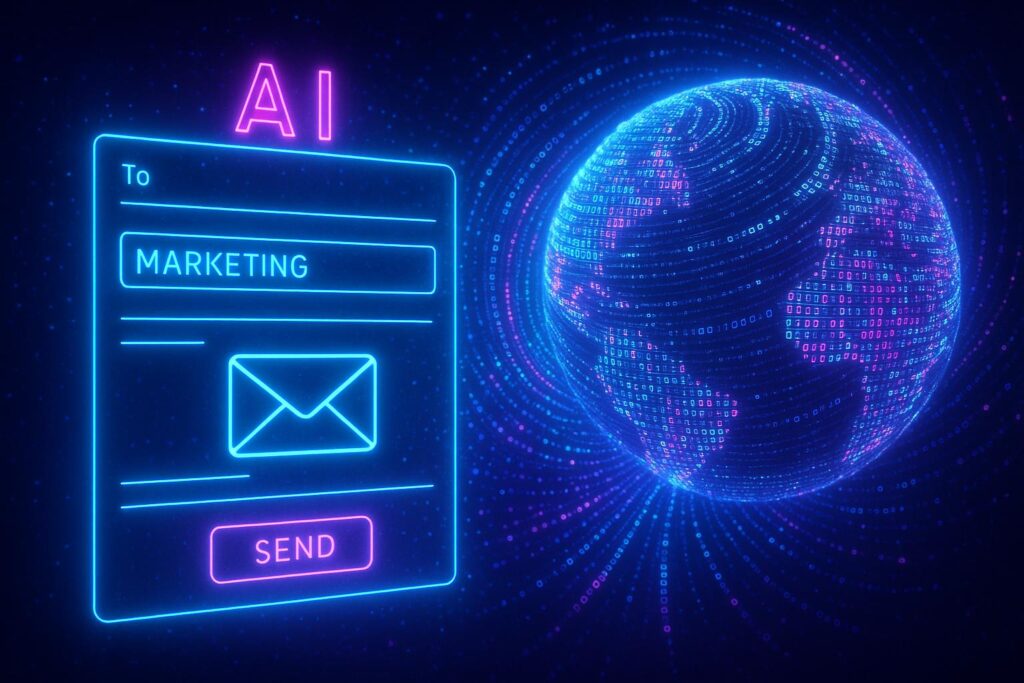Listen to the article
Artificial intelligence is revolutionising email segmentation by enabling real-time, highly targeted communication, boosting engagement and delivering smarter marketing campaigns.
In today’s digital marketing landscape, AI-based email segmentation is revolutionising how businesses connect with their customers by enabling far more precise and timely communication than traditional methods. The core idea behind email segmentation is splitting subscriber lists into smaller, more defined groups based on shared characteristics such as demographics, behaviour, preferences, or engagement levels. AI takes this further by analysing vast amounts of data to dynamically create and update these segments in real time, ensuring that marketing messages are highly personalised and relevant.
Unlike conventional segmentation, which can be laborious and static, AI can swiftly process customer data like past purchases, browsing patterns, email interactions, and location to identify meaningful trends and predict interests before they manifest. This allows marketers to send the right message to the right person at exactly the right time, boosting the likelihood of engagement, clicks, and conversions. For instance, an online retailer may target users who have shown interest in sports shoes with tailored offers, rather than blasting all subscribers indiscriminately. According to industry observations, such targeted approaches lead to higher open and click-through rates, greater customer loyalty, and fewer unsubscribes, thereby strengthening the overall effectiveness of email campaigns.
The benefits of AI-driven segmentation extend beyond personalisation. It enhances email deliverability by optimising sending times, maintaining sender reputation, and reducing the risk of messages ending in spam folders. AI tools also automate complex sorting tasks, freeing marketers to focus on strategic planning and creative execution. Moreover, the continuous learning capabilities of AI mean that campaign effectiveness improves over time as it adapts to changing subscriber behaviour and feedback. This iterative optimisation is critical for maintaining relevance in a market where consumer expectations are ever-evolving.
Best practices emphasise the importance of clean, updated data and clarify that over-segmentation or reliance solely on AI without a human touch can undermine campaign outcomes. Combining AI insights with creative, empathetic content helps prevent emails from feeling robotic or impersonal. Testing and optimising based on clear goals—whether increased sales, engagement, or brand awareness—are other essential steps. Notably, respecting customer privacy and adhering to regulations like GDPR is paramount to sustaining trust while leveraging data.
Real-world applications demonstrate AI’s versatility across sectors including retail, B2B, travel, education, and healthcare, where it supports tasks such as behavioural analysis, predictive modelling, and natural language processing. This results in tailored subject lines, dynamic content, and timely follow-ups like abandoned cart reminders—all designed to maximise impact and drive business success.
Looking ahead, AI is poised to deepen integration with technologies like chatbots and voice assistants, potentially making email interactions more conversational and human-like. As AI continues to advance, it pushes email marketing from a volume-driven tactic to a sophisticated, relationship-building tool. Businesses embracing AI-based email segmentation today stand to gain a significant competitive edge by delivering smarter, faster, and more effective email campaigns that truly resonate with their audiences.
📌 Reference Map:
- Paragraph 1 – [1], [3], [6]
- Paragraph 2 – [1], [2], [3], [7]
- Paragraph 3 – [1], [4], [5]
- Paragraph 4 – [1], [6], [7]
- Paragraph 5 – [1], [4], [5]
- Paragraph 6 – [1], [3], [6], [7]
Source: Fuse Wire Services


